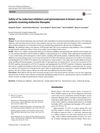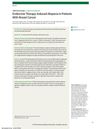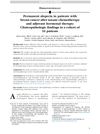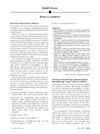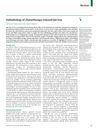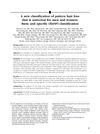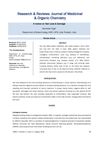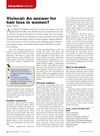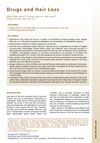Assessment of Quality of Life and Treatment Outcomes of Patients With Persistent Postchemotherapy Alopecia
March 2019
in “
JAMA Dermatology
”
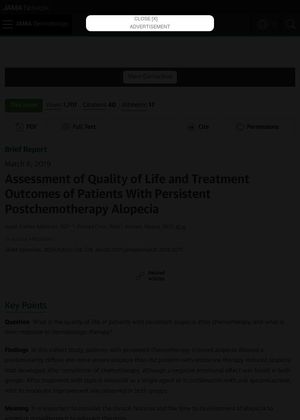
TLDR Hair regrowth treatments had modest benefits for patients with long-term hair loss after chemotherapy.
The study "Assessment of Quality of Life and Treatment Outcomes of Patients With Persistent Postchemotherapy Alopecia" from June 2019 involved 192 female cancer patients who developed persistent alopecia after chemotherapy. The study found that persistent chemotherapy-induced alopecia (pCIA) was more severe and diffuse than endocrine therapy-induced alopecia after chemotherapy (EIAC), with 82% of pCIA cases associated with taxanes and 62% of EIAC cases associated with aromatase inhibitors. Both groups reported a negative emotional impact. After treatment with topical minoxidil or spironolactone, 67% of pCIA patients and 76% of EIAC patients observed moderate to significant hair regrowth. However, the study concluded that while these treatments showed modest benefits, further research is needed to develop more effective prevention and treatment strategies for pCIA and EIAC.
